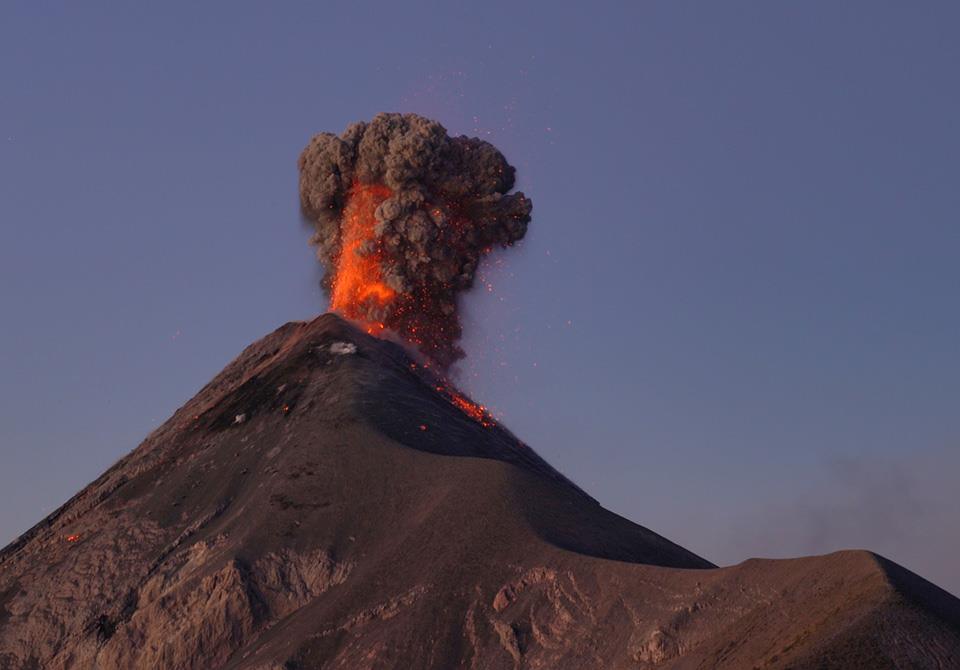
April 10 , 2018.
Kawah Sileri , Plateau of Dieng , Indonesia :
The Sileri crater, located on the Dieng volcano, with a geographical position in the Kecamatan.Batur region, Banjarnegara, Central Java, has had phreatic events. Among these on July 2, 2017 was a water eruption at 11:54:24 GMT, which emitted mud at an altitude of 150 m and 50 meters around the crater, to the south and the North. Then on April 1, 2018 at 13:42:55, there was another water eruption in the Sileri crater, which caused a mud eruption with a height of about 150 m. On April 8, 2018, at 23:21:03, there was a new phreatic eruption with a height of about 50 meters and a material sprayed about 20 meters around the crater to the east.
Field monitoring results.
Monitoring results in the area showed a phreatic eruption in the form of high mud flow of about 50 m, with a distribution of material about 20 m east of the center of the phreatic eruption. Sileri crater. Gas measurements around the Sileri crater did not detect any dangerous gases. The CO2 gases show 0.04% vol (below the normal threshold of 0.5% vol), while GAS H2S and SO2 are not detected.
Instrumental follow-up
Visual
Surveillance of CCTV cameras records the appearance of the water eruption at 11:21 pm. When the eruption has been observed, a thick white discharge of smoke with a high pressure and a height of about 50 m occurs on the surface of the crater. The affected area after the incident show material deposited to a distance of about 20 meters from the crater to the east.
Earthquake
Monitoring using a digital seismograph records the occurrence of a phreatic eruption earthquake at 23:21:03 pm (Sileri station) with a maximum amplitude of 9.5 mm, and a length earthquake of 16.18 seconds. Before the appearance of the phreatic eruption, no major volcanic or tectonic earthquakes are recorded. On April 7, the seismograph recorded only once the type of local tectonic earthquake.
Temperature
The temperature monitoring telemetry (TLR) showed registration data, on April 8, 2018 at 15:03:14 GMT, from 71.5˚C to 76.3˚C (sensor chap.1); and from 71.8˚C to 81.1˚C (Ch.2 sensor). The increase in temperature in the Sileri crater has been detected since April 3, 2018, ie from 48.8˚C to 58.8˚C on April 6, 2018 measured manually. The increase in crater temperature on April 6, 2018 was coordinated with PT Waterboom DQIANO as tourism manager for preparation and vigilance.
Recommendations:
Society and tourists should not approach the Sileri Crater at a distance of 200 meters.
Source : Magma .
Sabancaya , Peru :
The explosive activity was maintained with an average of 15 explosions / day. The events associated with fluid movement (Long Period type) and ash emission (Tremor type) continue to predominate. The earthquakes associated with the rise of the magma (Hybrids type) continue to remain low in number and energy.
Eruptive columns of gas and ash reached a maximum height of 3200 m above the crater. The dispersion of these materials occurred within a radius of about 30 km, mainly in the north-east, south and southeast directions. An ashfall was reported in: Achoma, Chivay and Huanca.
The volcanic gas (SO2) flux recorded on March 30 showed a peak value of 3806 tonnes / day, a value considered high.
The deformation does not show significant variations.
Three thermal anomalies were recorded according to the MIROVA system, with values between 2 and 4 MW VRP (Radiated Volcano Power).
In general, eruptive activity maintains moderate levels. No significant changes are expected in the following days.
Source : IGP
Turrialba , Poas , Rincon de la Vieja , Costa Rica :
Daily report on the activity of volcanoes Turrialba, Poas and Rincón de la Vieja: April 9, 2018, Updated at 11:00 o’clock.
Turrialba Volcano: activity over the last 24 hours:
The seismic activity during the last 24 hours is weak, with low amplitude LP type earthquakes and low amplitude volcanic tremors.
These volcanic events are associated with the movement of fluids (water, gas and / or magma) through the volcanic building, which is confirmed by the passive emission of ash and magmatic gases. Today, at 06:09 (local time), there is an eruption on the Turrialba volcano, with a column that rises 300 meters above the height of the crater.
At the time of this report, the winds at the top of the volcano are mainly directed to the northwest.
Poás Volcano : activity in the last 24 hours
The level of seismic activity is low. Today, volcanic tremors of very low amplitude have been observed. Continuous degassing of fumaroles near the crater is observed. No ash emission was detected.
At the time of this report, the winds at the top of the volcano are mainly directed south and southwest.
Rincón de la Vieja Volcano: activity over the last 24 hours
In the last 24 hours, no eruption was detected.
OVSICORI-UNA remains vigilant on seismic and volcanic activity.
Source : Ovsicori
Fuego , Guatemala :
Type of activity: Vulcanian
Morphology: Composite Stratovolcano
Location: 14 ° 28’54˝ Latitude N; 90 ° 52’54˝ Longitude W.
Height: 3,763msnm.
Weather Conditions: Partly Cloudy
Wind: South West at 5 km / h
Precipitation: 14.8 mm
Activity:
Presence of low white degassing fumaroles at a height of 4300 m, dispersing to the west, south-west and north. There are 3 to 5 low to moderate explosions per hour that expel ashes at a height of 4500-4800 m (14765-15750 feet) and are scattered 8-12 km to the south and southeast. The incandescent pulses rise 150-200 m above the crater causing weak to moderate avalanches to the Seca, Ceniza, Honda and Las Lajas gullies. The explosions were accompanied by low to moderate rumblings with a low to moderate shock wave causing vibrations in the roofs of homes near the volcano.
Source : Insivumeh.
Photo : Martin Rietze.
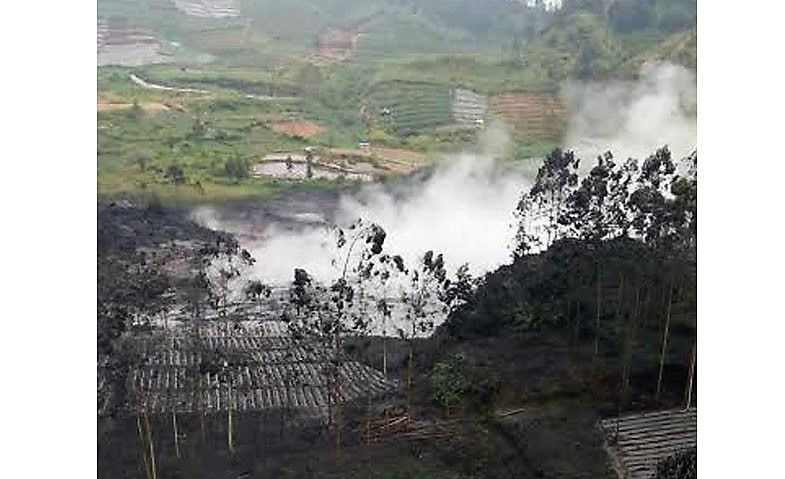
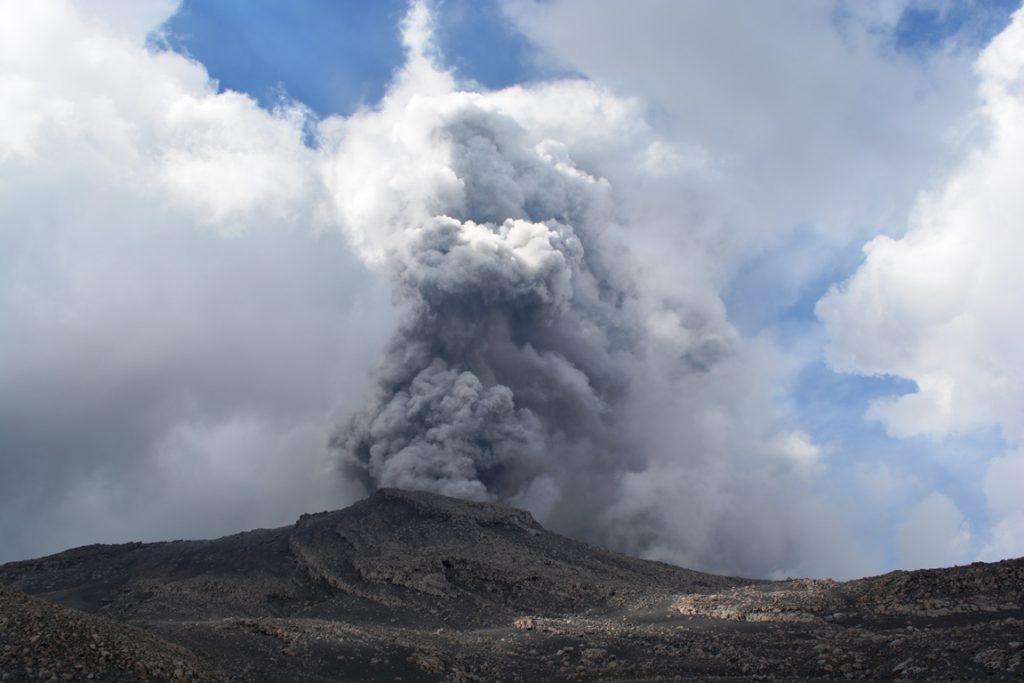
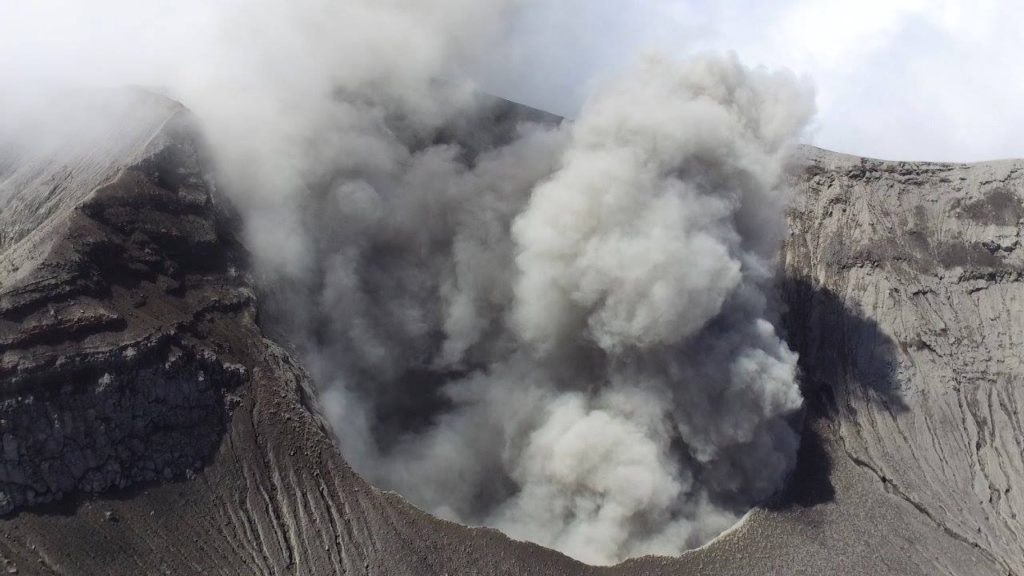


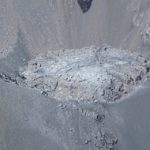
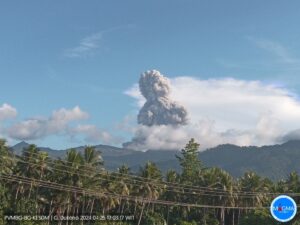

No comment yet, add your voice below!